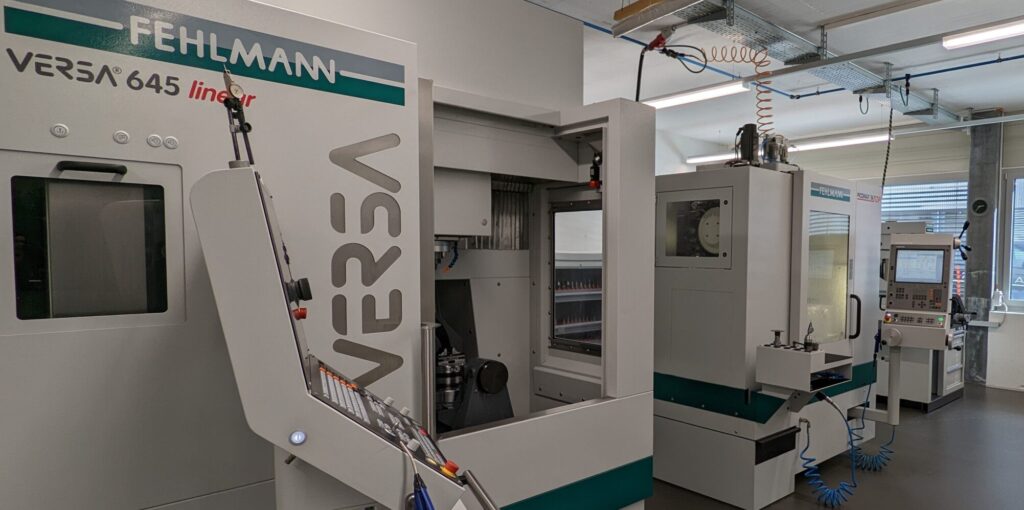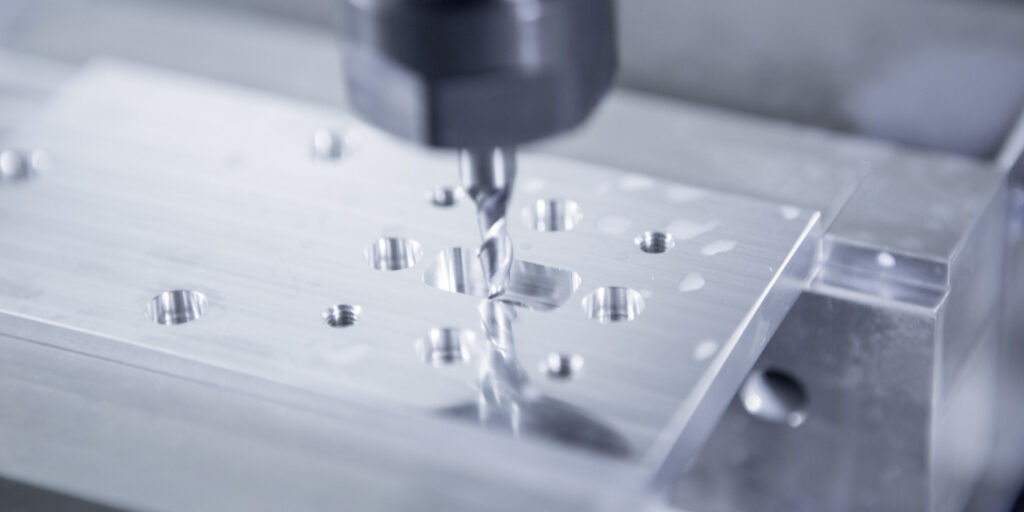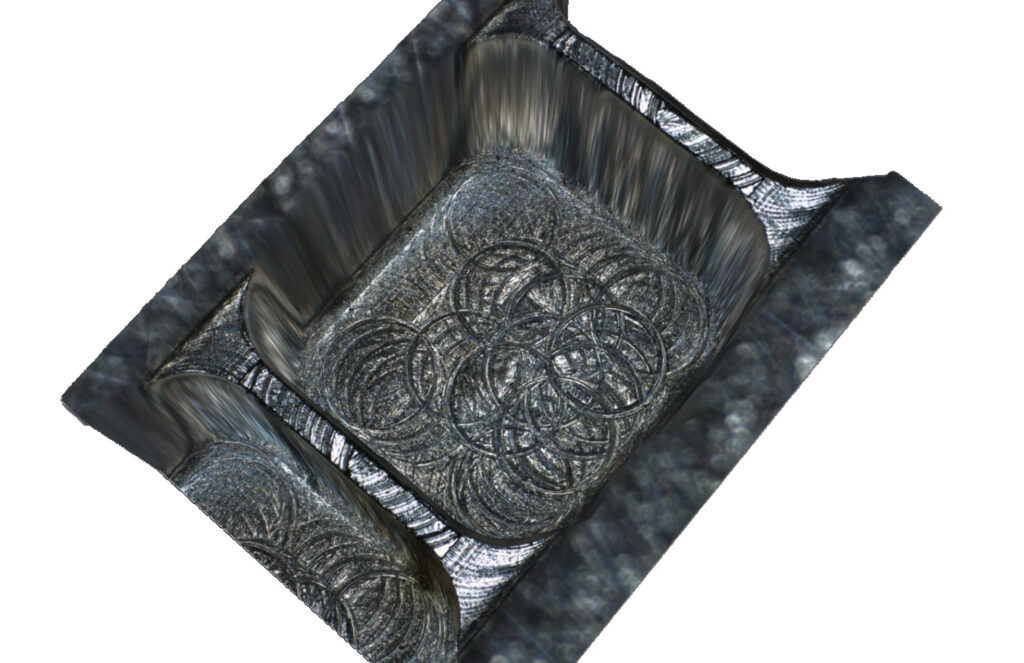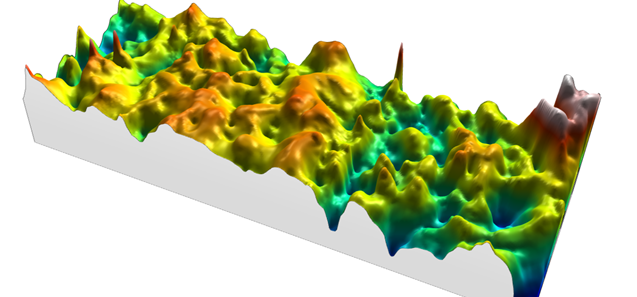Satellite operators are looking for higher frequency bands above 30 GHz to meet further improvements and increasing capacity needs, because the available spectrum in Ka-band is reaching its limits. Together with the satellite communication market, MIRAD has moved towards these higher frequency bands and became a reliable supplier for high frequency systems. Since 2014, we have successfully delivered not only various feed systems, but also geometry calculations and optimized reflector shapes for entire antenna systems for Q- and V-band applications. Feed and antenna as a single-source design is essential to deliver best possible solutions for the overall system performance. Since the wavelength is inversely proportional to the frequency, with higher frequencies the components become smaller and smaller and the mechanical and tolerance requirements increase enormously. Waveguide technology that enables high power signal transmission at such high frequencies, requires very precise manufacturing capabilities and a high degree of process control.



For this reason, MIRAD has invested in its capabilities not only in the field of engineering, but also in the field of mechanical implementation. To this end, MIRADs in-house workshop has been constantly renewed and equipped with the latest 5-axis milling technology to achieve the highest precision in component manufacturing. Our highly skilled and qualified mechanical employees achieve precision in the single-digit range of a micron when implementing the designs.
With our 5-axis milling machine, workpieces can be machined highly dynamically in 5 axes with highest precision. The fact that only two axes are implemented on the tool side results in high rigidity and precision in the tool axis for perfect surfaces. This is complemented by high-precision angle measuring systems, which enables maximum dynamic accuracy even with simultaneous machining of several axes. For the verification of the accuracy and the analyze of the surface finish, we use not only mechanical measurement but also the latest optical methods in the form of an digital microscope, which provides a high standard in quality assurance.



The use of this technology enables the verification of distances, angles or volumes and step heights on 2D profiles or 3D surfaces. The roughness and waviness components of a surface can be separated to find surface imperfections. In addition, a region of interest on a micromechanical surface can be extracted and analyzed in the same way as a complete surface. This allows precise definition of the manufactured parts and structures of the waveguide components. The analysis and understanding of manufacturing-related deviations and effects can be incorporated into the whole development and also in the manufacturing process to provide the best possible performance and solution to our customers.
Through the continuous interdisciplinary learning process and the close cooperation and exchange between all disciplines involved, we are able to successfully realize our reliable high frequency system for our customers.
MIRAD microwave
Your reliable partner for Gigahertz Innovation
